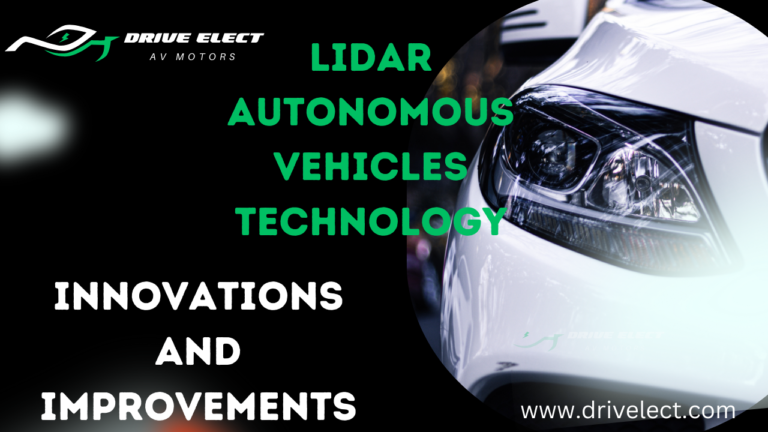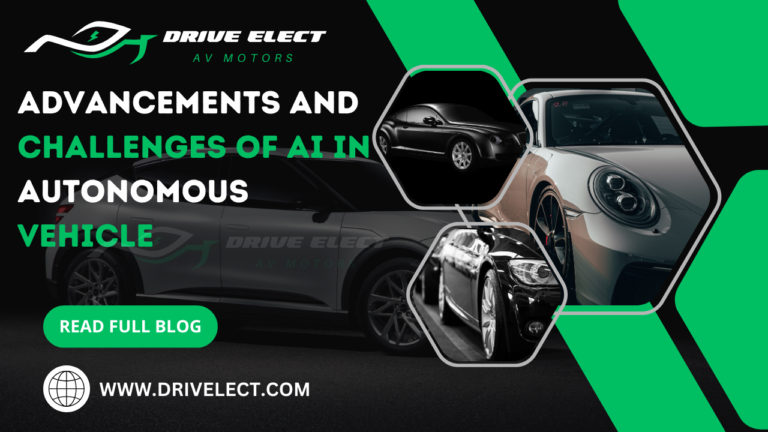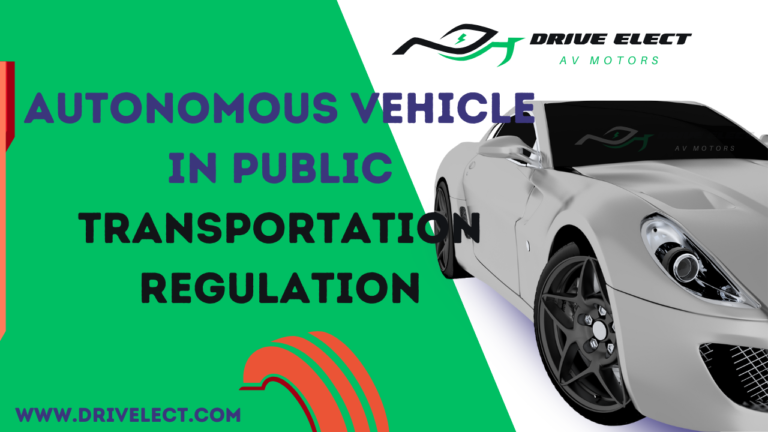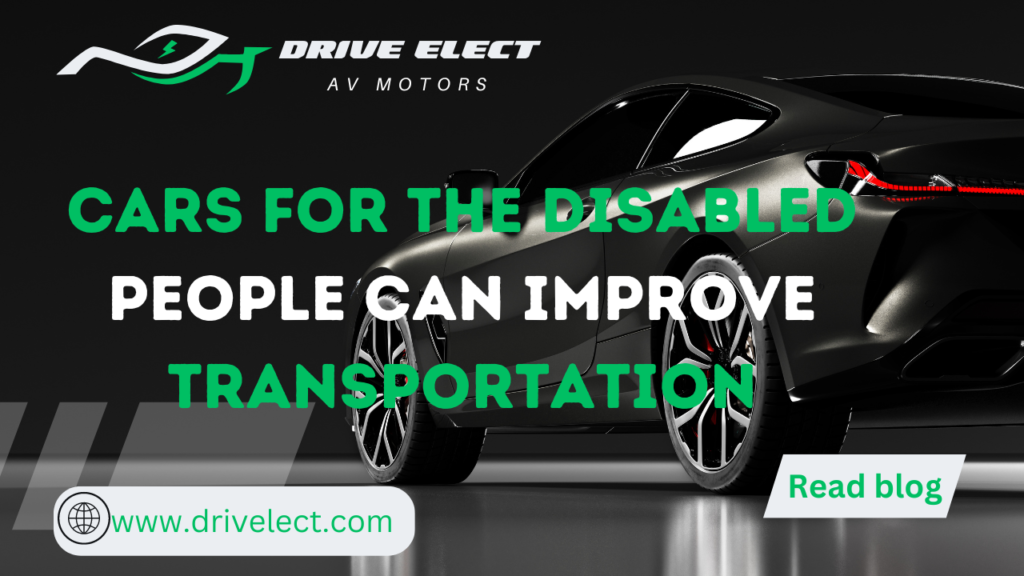The use of driverless cars the excitement surrounding the idea of cars driving themselves has been about humans giving up control of the gas pedal, steering wheel, and brakes. Back in 1963, Roland Barthes, who studied signs and symbols, noticed that steering a car was the only part where people could still feel powerful and imaginative. Henri Lefebvre, a sociologist, also pointed out that cars were the last place where there was unpredictability and risk in a world that was becoming more and more controlled.
Think about it this way when you’re driving, the only real hands-on, thrilling part is steering the wheel. It’s where you feel like you’re in charge, making decisions that matter. Barthes thought this was significant because people had less freedom and excitement in other areas of life, especially as society became more controlled and organized.
Lefebvre added to this idea by saying that the car represented freedom from the rules and regulations of society. In a world where everything seemed planned and predictable, driving was one of the last places where you could encounter unexpected events and take risks.
When we talk about the idea of cars driving themselves, it’s not just about convenience or safety. It’s about giving up that sense of control and adventure that comes with steering the wheel. It’s about losing a little piece of freedom in a world that’s becoming more and more managed.
Table of Contents
ToggleSocietal changes and cultural shifts due to the widespread use of driverless cars
Technology Beginnings:
Driverless but not Self-steering:
The concept use of driverless cars has roots in the early 20th century, particularly in the United States. Back then, the rising number of fatal accidents caused by human error prompted engineers to consider using technology to prevent such tragedies.
Two key developments paved the way for this idea: the invention of the autopilot for airplanes and advancements in radio technology.
The first glimpse a use of driverless cars came in 1921 when the Radio Air Service engineers showcased a remote-controlled vehicle at a military test base in Ohio.
Although it wasn’t genuinely autonomous, as radio signals controlled it from a truck following behind, it marked the beginning of the journey toward self-driving cars. Interestingly, this innovation emerged from military experimentation with remote-controlled torpedoes, ships, and aircraft, highlighting the initial connection between driverless technology and military applications.
In the following years, remote-controlled cars continued to capture public attention. In 1925, the American Wonder, another remote-controlled vehicle, made waves as it drove along Broadway in New York City.
Developed by the Houdini Radio Control Company, this car was also steered from a separate vehicle. These demonstrations were technological feats and served as attention-grabbing tools for commercial advertising and safety campaigns.
Captain J.J. Lynch, a prominent figure in road safety, utilized driverless cars to promote safe driving practices across the United States. From 1931 to 1949, Lynch traveled extensively, showcasing the capabilities of remote-controlled vehicles and emphasizing their adherence to traffic rules.
These demonstrations highlighted the potential of driverless technology to improve road safety by removing human error from the equation.
Overall, the early history of driverless cars underscores their evolution from military experiments to public showcases aimed at promoting safety and technological innovation. While the concept of fully autonomous vehicles remained elusive for decades, these early developments laid the groundwork for future advancements in self-driving technology.
Early Aviation and radio technology lay the foundation:
In the early 20th century, the United States faced a severe problem with the rising number of deadly road accidents. Accidents became a significant social concern with the advent of mass motorization in the 1920s. Shockingly, more Americans lost their lives in car accidents in just four years after World War I than the total number of fatalities in France up to that point. Most of these accidents involved pedestrians, highlighting the dangers of the rapidly growing automotive industry.
The primary culprit behind these accidents was human error. While the importance of infrastructure and vehicle design in accident prevention was initially overlooked, it became clear that more than relying solely on human drivers was needed to ensure road safety by the use of driverless cars.
This realization sparked the idea of using technology to replace or assist human drivers and reduce the risk of accidents.
Two vital technological advancements paved the way for the development in use of driverless cars. Firstly, Lawrence B. Sperry introduced the first gyroscopic airplane stabilizer in 1914, which laid the groundwork for autopilot systems.
Based on the gyrocompass invented by Sperry’s father, this invention helped stabilize aircraft but still required human pilots to steer. Around the same time, John Hays Hammond developed a system for automatic course stabilization, further advancing the technology toward commercialization.
Secondly, radio technology plays a crucial role in developing self-driving cars. The science of radio guidance enabled the remote control of moving objects using radio waves.
Initially developed by the US military for remote-controlled torpedoes, ships, and aircraft, this technology provided the foundation for remote control and communication in self-driving vehicles.
Overall, the combination of aviation and radio technology and the pressing need for improved road safety laid the groundwork for the development of self-driving cars in the early 20th century.
These technological advancements paved the way for vehicles to operate autonomously, potentially reducing the risk of accidents caused by human error.
Cruise Control as a Byproduct of Technological Utopia:
In the 1950s, technology began to bring to life the futuristic ideas previously only seen in movies and books. One example is the Speed-o-Stat, developed by Ralph Teetor and later called Tempo mat or Cruise Control.
This device, featured in Popular Science in 1954, was like an “educated gas pedal” that automatically regulated and limited the speed of a car. It was hailed as a step towards automatic driving, but it made cars more individualized than part of a grand vision of automated highways.
Another development was Chrysler’s “autopilot,” mentioned in a 1958 Popular Science article. Unlike the utopian visions of automatic transport, this gadget was practical and immediately available for $86. The focus shifted from lofty dreams to tangible products.
The accompanying photo in the article shows a chrome knob on a car dashboard, used to set the speed, with a hand turning it. This close-up marks the end of a progression in pictorial history, from distant landscapes to detailed shots of technology.
This progression reflects a shift from abstract ideas to concrete objects, drawings to photographs, and collective views to individual details.
In simple terms, these developments in the 1950s brought futuristic ideas to life. The Speed-o-Stat and Chrysler’s autopilot were examples of technology making driving more accessible and individualized.
Instead of dreaming of automatic highways, people could now buy gadgets to assist them while driving. The shift from grand visions to practical products is evident in the photos accompanying articles from that time.
Estheticizing the Guide-Wire Principle:
In 1953, a popular magazine called Mechanix Illustrated pondered why we didn’t have crash-proof highways. This question stemmed from a revived interest in driverless cars after World War II. During the war, technology developed for military use, like magnet detectors and radar, hinted at the possibility of vehicles driving themselves.
The magazine featured an illustration of what this futuristic highway might look like. It resembled a drawing from 1938 but with more detailed cars and a viewpoint closer to the road, suggesting that automatic driving was becoming more attainable by the use of driverless cars.
However, the illustration depicted a transitional phase where the driver had let go of the wheel, but manual override options still existed. This indicated that people were still getting ready for fully autonomous vehicles.
The image showed a driver turning to talk to passengers in the back, but the front passenger seemed awkwardly positioned, straining to converse. This hinted at the limitations of the technology at the time, as the illustrator couldn’t altogether remove the steering wheel or turn the seats around.
Overall, use of driverless cars reflected excitement and progress in automated driving. However, it also highlighted the challenges and hesitations of integrating such technology into everyday life. Despite advancements during the war, there was still a way to go before fully realizing the dream of crash-proof highways and autonomous vehicles.










